Summer, 2017—We hosted twelve summer students at HAO. They worked on a range of projects, from building telescopes to employing numerical models to analyzing observations and simulation data. Meet the students and hear their stories.
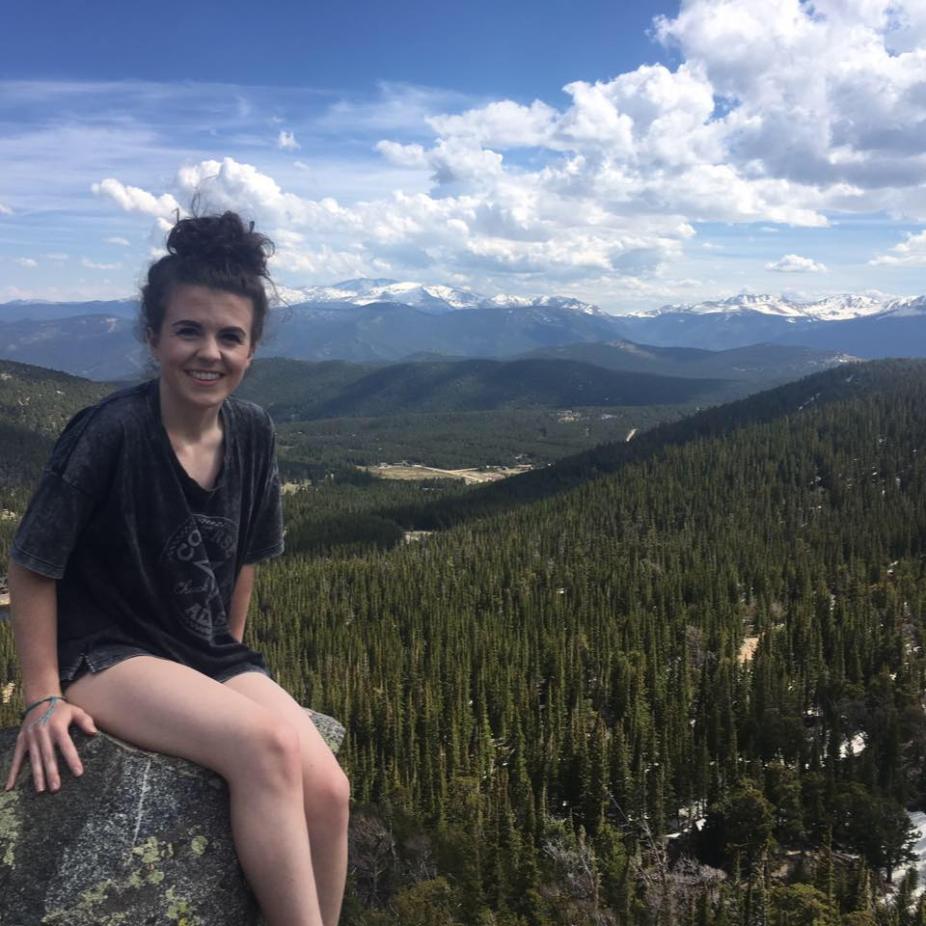
Kenzie Nimmo
My name is Kenzie Nimmo and I am an Astronomy and Mathematics student at the University of Glasgow, Scotland. I am an REU intern at the High Altitude Observatory. My project is analysing a numerical MHD model of the solar corona that simulates the evolution of the corona for two days of solar time in response to the formation of a complex sunspot group. The simulation contains sufficiently realistic physics for direct forward modeling of thermal emission from the simulated corona. I will be considering a specific solar flare/CME event in the simulation and will compute the polarimetric observables that could be observed with HAO's CoMP instrument. I will use the simulation as a test to estimate what aspects of the magnetic field structure we could observe on the Sun due to a similar solar event.
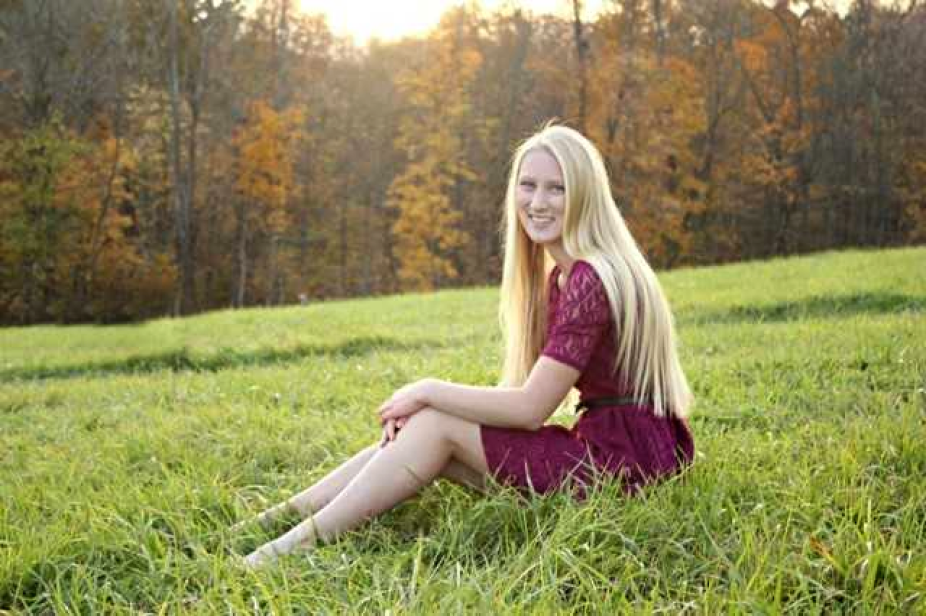
Kirsten McMichael
My name is Kirsten McMichael and I am a Physics, Mathematics, and Astronomy student at Washington and Lee University, Virginia, and I am interning at HAO through the Boulder Solar Alliance REU Program. At HAO, I will be working on a 3D Solar Dynamo model called STABLE (Surface flux Transport And Babcock-LEighton) that produces realistic magnetic cycles of the Sun. My task will be to introduce synthetic sunspots into this model and to explore how these spots produce magnetic field on the surface. I will then compare the evolution of the magnetic field from this model with another model, AFT (Advective Flux Transport) , a project that will run in parallel to mine this summer.
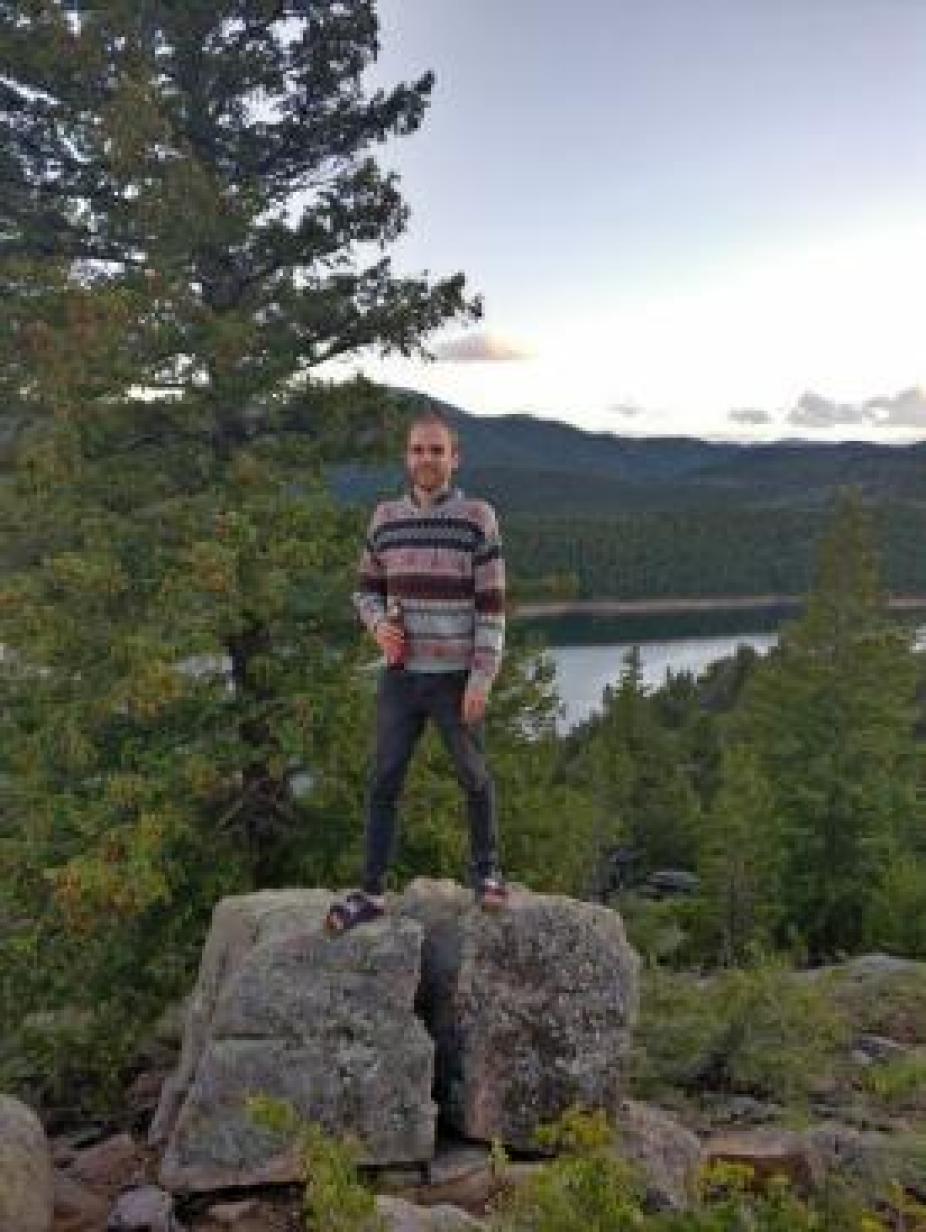
Oliver Vierkens
My name is Oliver Vierkens and I'm a mathematics undergraduate student in my final year at the University of St Andrews in Scotland, participating in the REU program at HAO. Over the summer I'm going to be investigating simulations of the evolution of the magnetic flux on the surface of the Sun by an advective flux transport model known as AFT, which also incorporates the effects of convection. Kirsten's project runs in parallel with mine, and at the end of the project we are looking to compare the results given by our different models, given the same synthetic sunspots.
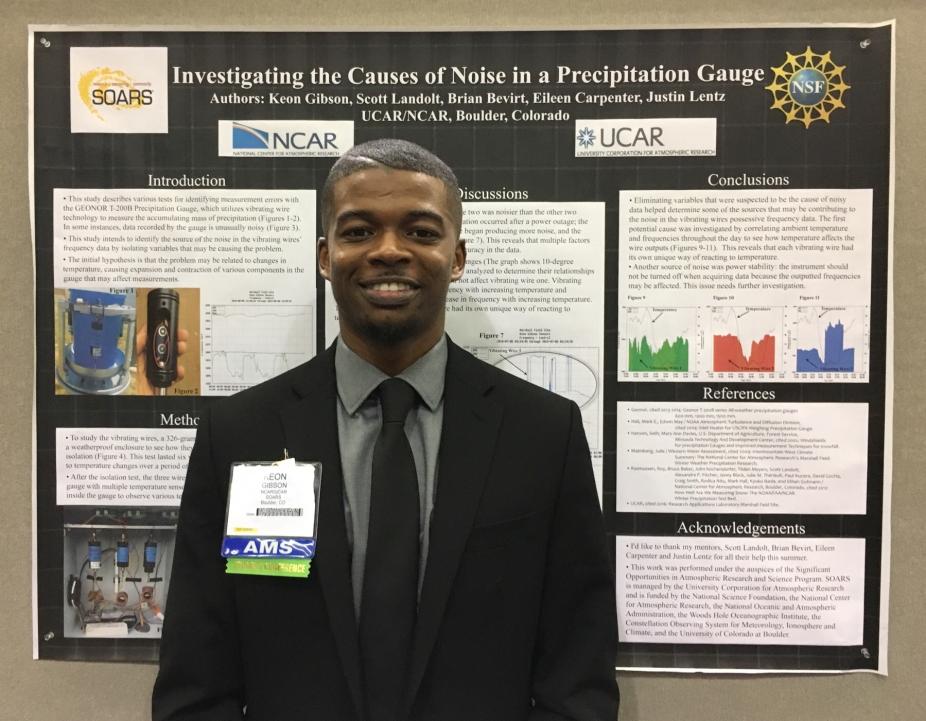
Keon Gibson
My name is Keon Gibson, and I'm working as a summer intern within the High-Altitude observatory at the National Center for Atmospheric Research in Boulder, Colorado. I'm part of a small team developing a thermal infrared telescope which will make measurements of the solar corona during the Total Solar Eclipse on August 21, 2017. My goal is to measure specific coronal emission lines with this telescope, these emission lines contain information about the strength of the magnetic fields within the sun’s atmosphere. These magnetic fields are intimately related to the generation of space weather and its effects of the earth.
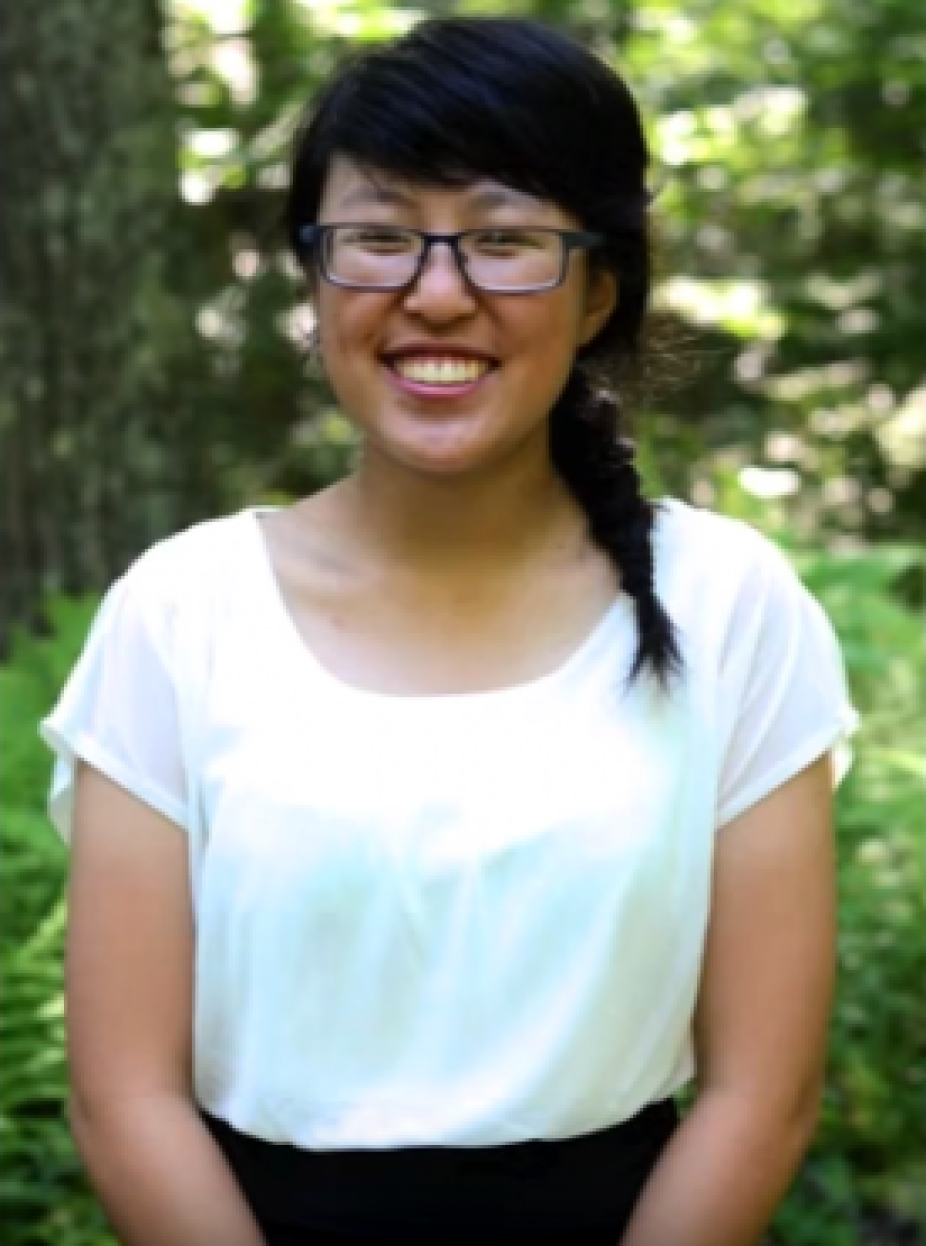
Kai Cui
My name is Kai Cui, and I’m an intern with the instrumentation group of the High Altitude Observatory at the National Center for Atmospheric Research. This summer, I am writing a white paper grant proposal to the National Science Foundation to fund a spar which will be placed on the Mauna Loa Solar Observatory in Hawaii. A spar is a pointing platform, and this project will allow universities and the community to build and gather data from solar telescopes that they can mount onto the spar.
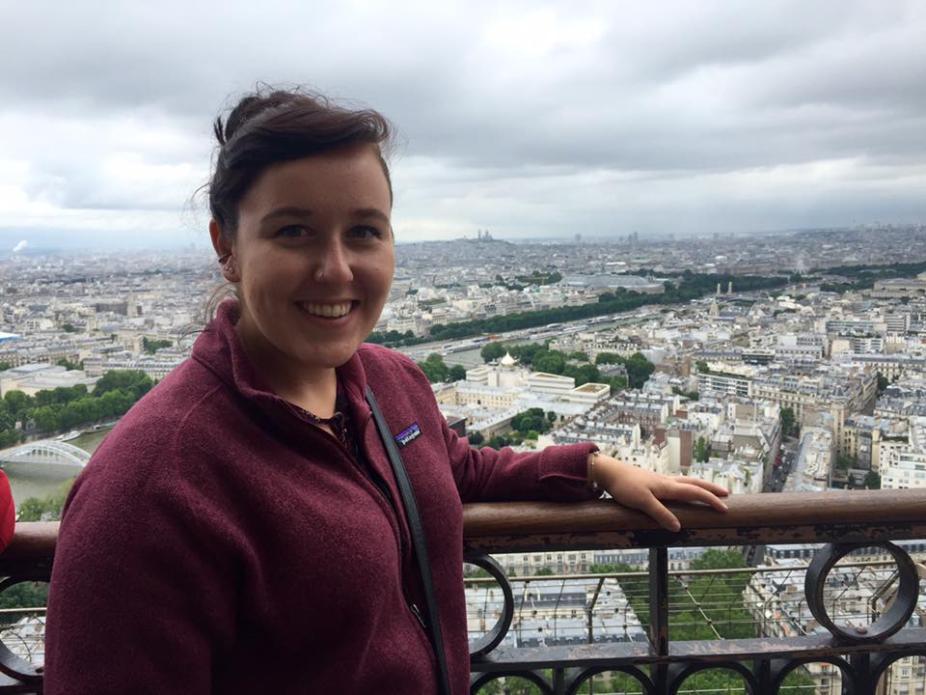
Anihid Blaisdell
My name is Anahid Blaisdell and I am an intern for the High Altitude Observatory at the National Center for Atmospheric Research in Boulder, CO. I am a part of a small team that is testing and integrating an instrument that measures certain aspects of the sun through a telescope. My goal is to be able to communicate between the instrument and subsystems to allow for the system to work as a whole. This is important so that the system can be successful and gain the desired data.
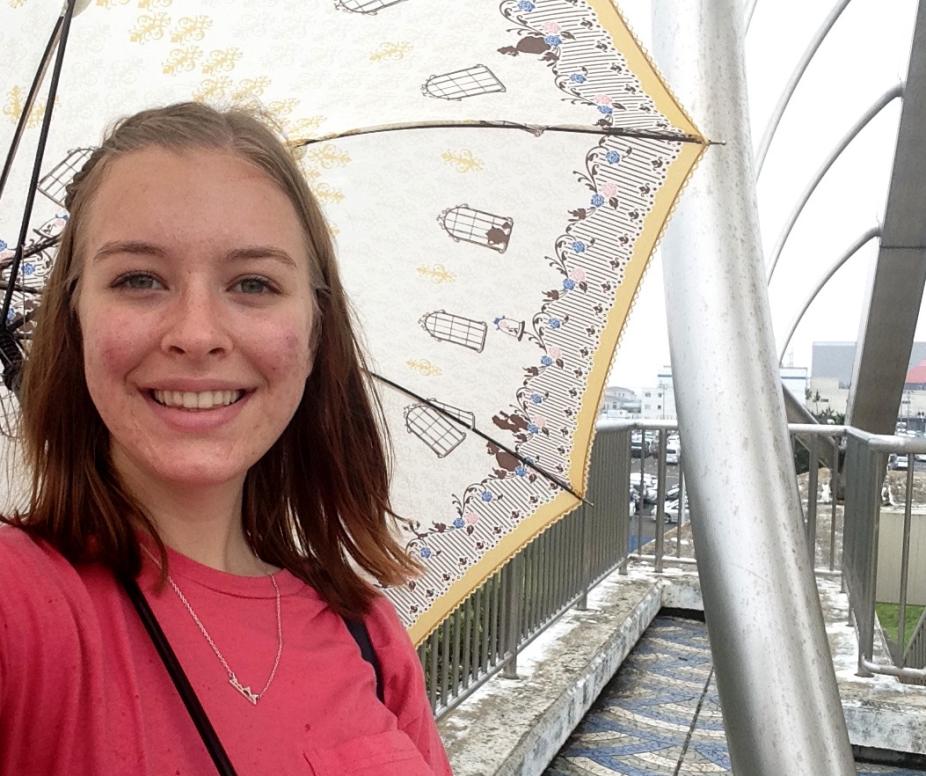
Alyssa Boll
Hello, my name is Alyssa Boll, and I am an intern at NCAR’s High Altitude Observatory working on a team to develop an experiment for the total solar eclipse in August. The eclipse allows us to clearly view the Sun’s rays and collect data important for forecasting space weather, which can affect the behavior of instruments on Earth. We are using new camera technology inspired from the eyes of the mantis shrimp to take images of during the eclipse. This data is important for understanding the Sun as well as demonstrating the new camera’s capabilities.
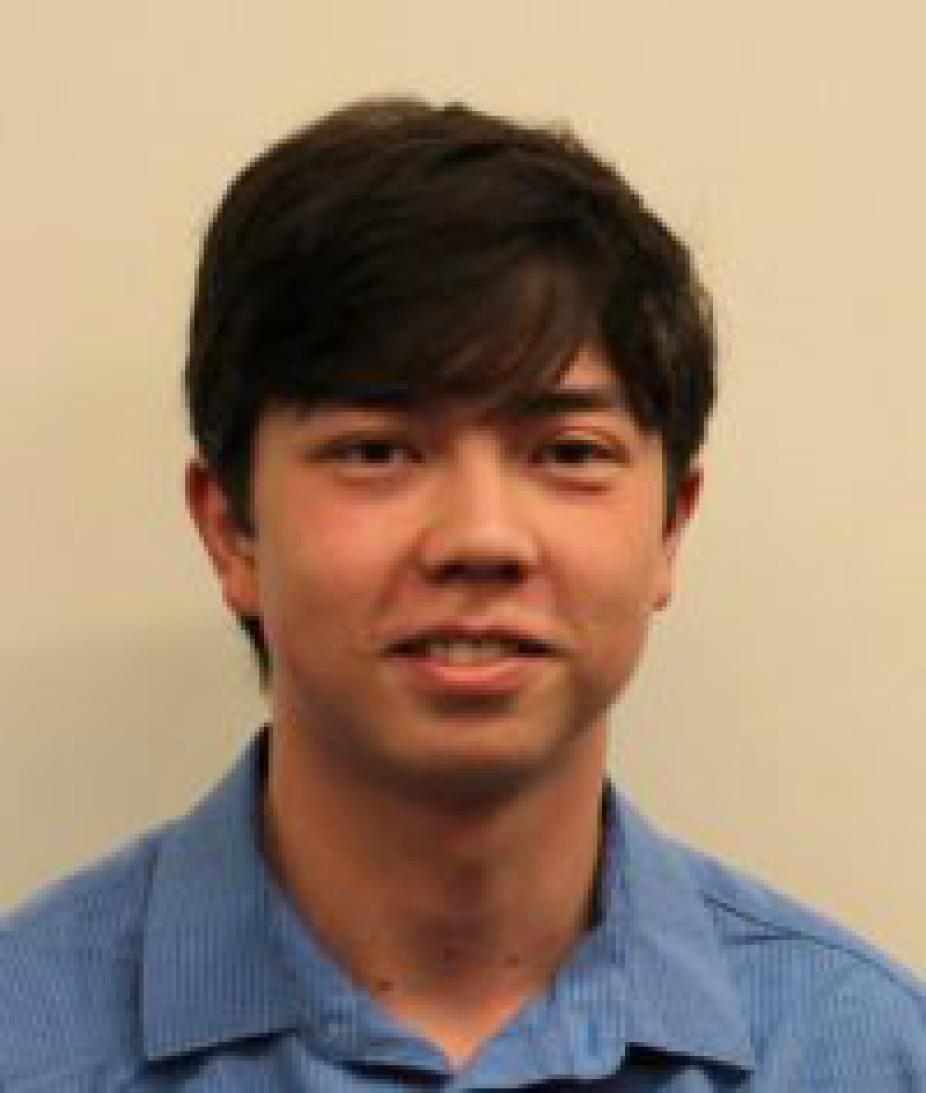
Daniel Phelan
My name is Daniel Phelan and I am a summer intern for High Altitude Observatory at the National Center for Atmospheric Research in Boulder, Colorado. This instrument will be part of the Daniel K. Inouye Solar telescope, and I am tasked with understand how the system works. By the end of the summer my group hopes to understand how to use the user interface to interact with the motor and control the subsystems.
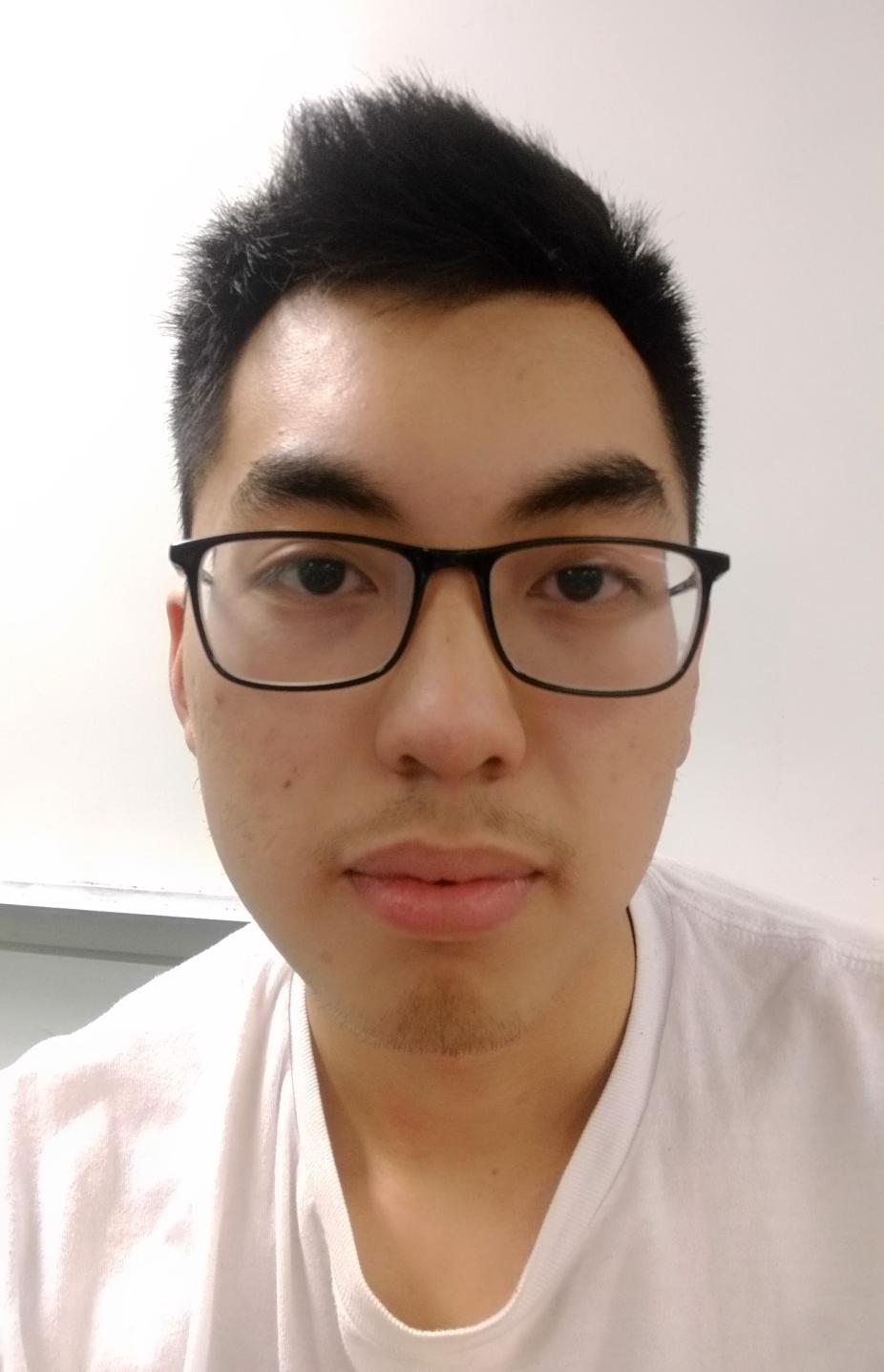
Luong Vi
My name is Luong Vi, I am an intern at High-Altitude Observatory working on the ChroMag project. The ChroMag is a synoptic solar telescope instrument which means it looks at the whole sun rather than individual regions. I will be redesigning the calibration system for the telescope. Based on the data collected by the instrument, HAO will infer the strength and geometry of the magnetic field within the Chromosphere.
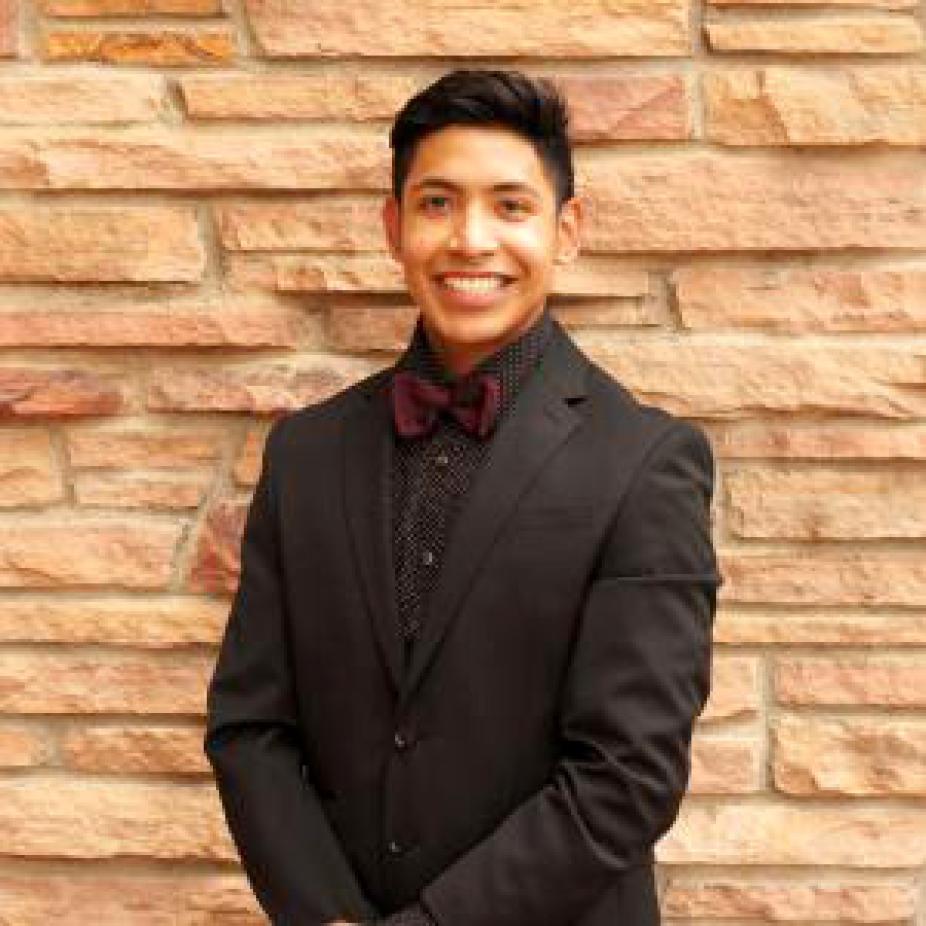
Fernando Chavez
Hello, my name is Fernando Chavez and I am an Aerospace Engineering student at the University of Colorado, in Boulder. I work for the National Center for Atmospheric Research and my task is to test and operate a Cube-Satellite that will eventually be launched into space to measure solar irradiance. Irradiance is the power received from the sun in the form of electromagnetic radiation, and with this project we aim to capture valuable data that will help us better understand the impact of the Sun on Earth’s climate change.
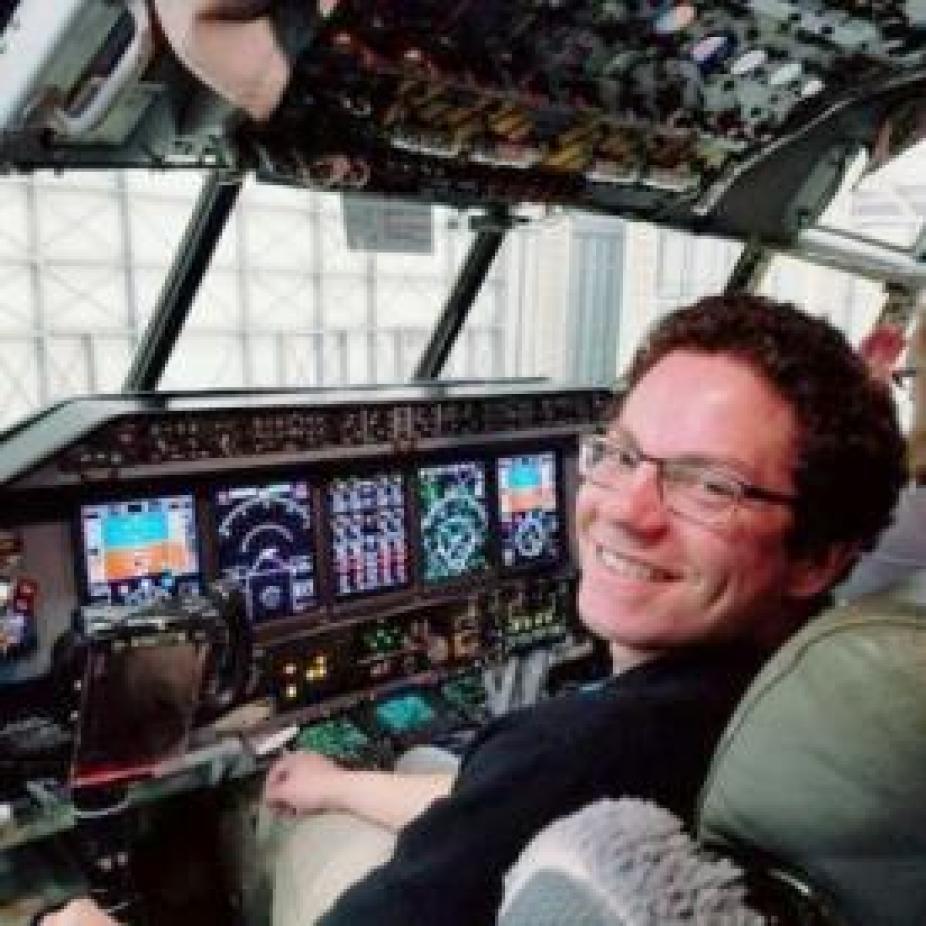
Diego Gomes
My name is Diego Gomes. I am an intern working at NCAR’s High Altitude Observatory this summer on the DIMS spectral solar irradiance CubeSat. The DIMS CubeSat aims to provide spectral solar irradiance monitoring at a low cost using COTS parts. I am focused on the process of integrating the prototype aboard balloon payloads for test flights prior to orbital missions. Additionally, I am developing the process to prepare the payload for an orbital mission post balloon flight. My final goal would be to produce a project WBS that lays out in detail how the project should proceed to get to launch.
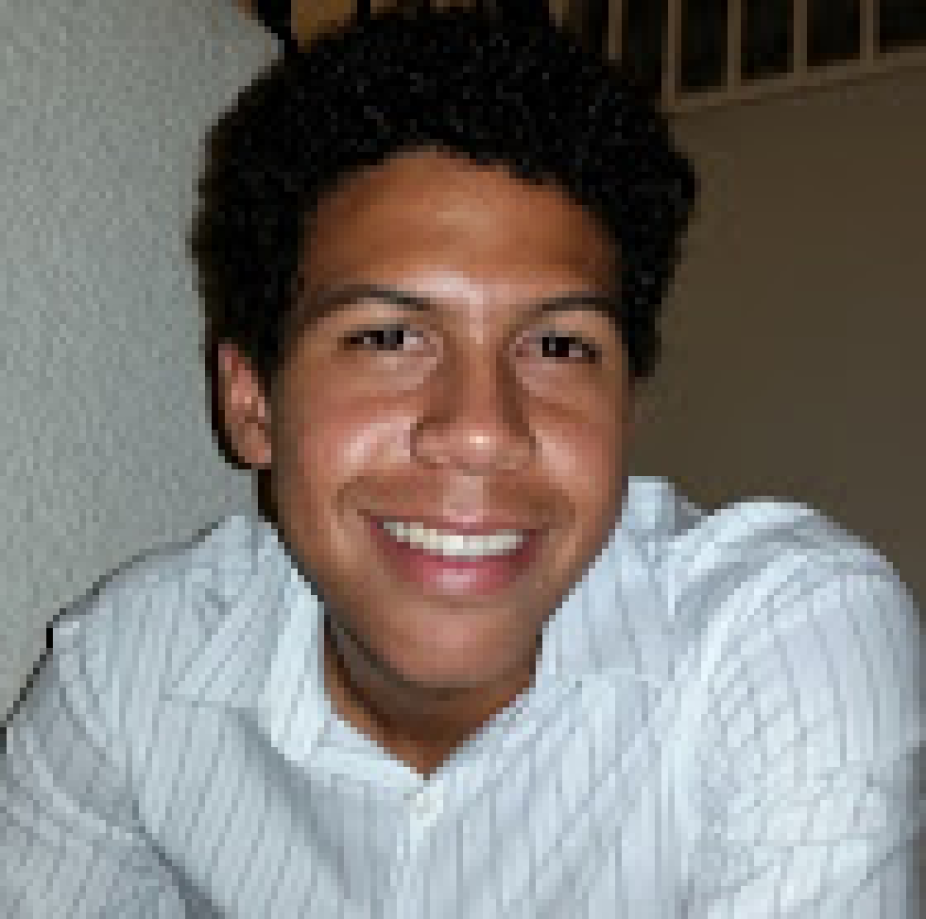
Marcel F. corchado-Albelo
Greetings, my name is Marcel F. Corchado-Albelo and I am a Theoretical Physics student at the University of Puerto Rico, Mayaguez campus. Currently I am a research intern at NCAR’s High Altitude Observatory, as part of the SOARS program, my summer project is to create a Diagnostic for solar flares, coronal mass ejections and other space weather events, by comparing a low energy model of the coronal magnetic field to Coronal Multichannel Polarimeter (CoMP) observations. The final goal is to enhance predictions of space weather events.